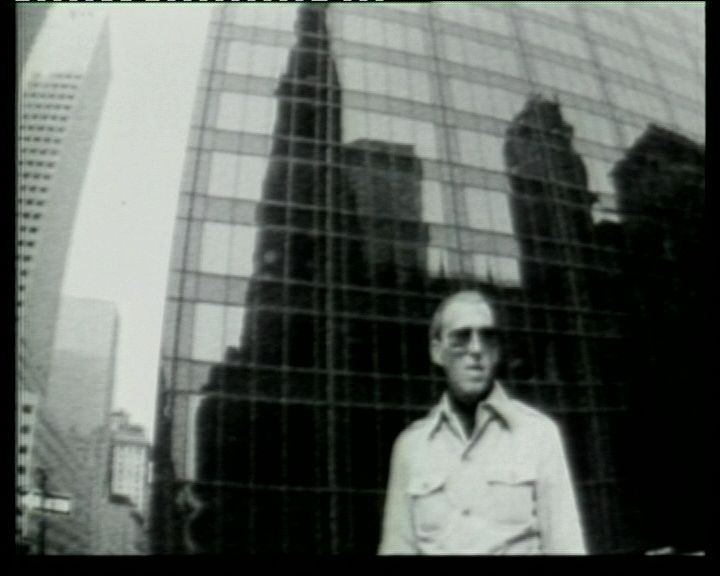Jem Cohen
Every project by Jem Cohen is born from the collecting and editing of diverse visual materials archived while traveling. Going beyond the usual categorizations, his works illustrate a particular visual and descriptive documentary sensibility that unites narrative approach and audiovisual components. Confines between documentary fiction and film experimentation are constantly blurred and questioned. What results is a space of lyrical narration that combines fragments of reality and rapid annotations and impressions, with attention to sensitive and volatile data. Resembling a cine-essay/personal diary hybrid, Cohen’s works are simultaneously portraits of places and people as well as situations that constitute a specific way of observing. They are greatly characterized by a subjective viewpoint that observes and portrays the world through the eye of the movie or video camera. Precisely in this sense, his works often possess the pensive tone of memory, a memory substantiated by words, sounds, and images that are recombined and reedited beginning with personal archives and documentation. Working mainly with 16 mm and 8 mm film, often re-elaborated in video, almost all of Cohen’s work has been carried out with a solitary and introspective approach. Constant attention is dedicated to the desire to investigate and shed light on what seems invisible—those traces of daily life and ephemeral moments, often ignored but of significant impact, that influence the real world.
Cohen recently produced his first full-length film and in the course of his career he has received important awards and taken part in numerous film festivals. [FB]
List of works
This Is a History of New York, 1988
video, black and white, sound, 23 min.
Castello di Rivoli Museo d’Arte Contemporanea, Rivoli-Torino
Purchased with the contribution of the Compagnia di San Paolo
This work is based on a selection of Super-8 semi-documentary shots taken along the streets or in places of New York, which is where the artist lives.
Seven frames with seven architectural layerings, seven human miseries, threatening or extraordinary buildings, and humanity of all kinds are the protagonists. New York seems like the accumulation and inventory of various eras and civilizations. Poetic documentation, photographic evocativeness, and social portraits are all interwoven in a composition without words.
Lost Book Found, 1996
video, color, sound, 37 min.
Castello di Rivoli Museo d’Arte Contemporanea, Rivoli-Torino
Purchased with the contribution of the Compagnia di San Paolo
This work constitutes a vast and subtle meditation on the reality of urban living. Working with a two-fold approach between documentary and narration, the video is about a mysterious small book that contains long lists of objects, places, and events. Filmed with a partially-concealed, hand-held camera, the work penetrates into an unknown New York, soliciting attention for the manifold components and evocations that emerge for an “underground” point of view and suggesting the all-involving feeling of losing one’s way in the city.
Instrument, 1999
video, color, sound, 1 min. 55 sec.
Castello di Rivoli Museo d’Arte Contemporanea, Rivoli-Torino
Purchased with the contribution of the Compagnia di San Paolo
Created in collaboration with the post-rock group Fugazi (originally from Washington), this work condenses a period of time that spans ten years, following the evolution of the band. Having little in common with musical documentaries, this project is instead an attempt at offering an image of musicians in daily contact with the most delicate part of their work: musical creation.
By mixing different formats, this video assembles live excerpts from concerts, trips, rehearsals, interviews, and moments of interaction with the audience.


